An excerpt from Thomas Hardy's Under The Greenwood Tree, 1872, reads, "To dwellers in a wood, almost every species of tree has its voice as well as its feature." A symbol of growth and rebirth, a cornerstone for human civilization, wood has long been woven into the fabric of human history for centuries. The versatility of wood makes it an invaluable component of our built environment. While the Confucian view posits a perfectible human nature, as the demand grows, so does the strife, and it is impossible to ignore deforestation, overuse and the overall depletion of the resource. Conscious minds can use alternate practices that involve responsible forestry, the development of alternative materials, reducing wastage, and promoting sustainability. Taking longer strides with ethical practices and solutions is a newly launched furniture brand based in India. "When I was building my new home about 20 years ago, a neighbour asked if I could use scrapped wooden pieces from a demolished house nearby. Although the project was nearing completion, I opted to reuse the wood to create unique pieces that were not traditional at all. I recall George presenting the intriguing idea of developing a line based entirely on storytelling. In this context, the idea for Smaram was truly born," recalls Tony Joseph, co-founder of Smaram and principal architect at Stapati, a Kerala-based architectural practice. Joseph, along with George Seemon, co-founder and designer, Smaram, envisioned a brand that identifies with the company’s contemporary design attitude which is rooted in traditional Indian craftsmanship.
Advocating a slow design approach, the furniture in the collection is a peaceful interpretation of carefully-crafted furniture inspired by a timeless approach. “Smara means memory and maram in Malayalam translates to wood and since most of the furniture in the collection is going to be focused on the materiality of wood, we coined the term together to create Smaram,” explains Joseph. The preview of the brand was launched in a private event in Kochi, marking the attendance of the creative industry such as Bose Krishnamachari, Bindu Karunakaran, Alicia Souza, Mohammed Afnan and Arun Shekar of Humming Tree among others.
Tactile Treasures
“When Tony ventured into this idea of sourcing and salvaging wood, we looked at the product design keeping the end-user in mind. It was almost a proof of concept that this product should work and that's how the entire story started,” says George Seemon. Investigating its materiality, the duo invites patrons to experience the unique pieces, that faithfully reproduce the forms of their previous lives. Delving deep into the creative process he shares, “There’s so much character and history in that wood that otherwise would have been lost. So it’s not only about the usage of wood as a material; it's also about optimising the material’s characteristics. A lot of the wooden furniture is inspired by the characteristics of wood as a material. We take our time and observe the piece of wood, understand its character and then decide how it can be reused.” The idea is to add one more layer to the furniture than to leave it as a mere piece of wood, and the duo wanted to create a story for each piece of furniture. “Each piece of furniture will have a provenance, the ability to tell you where it came from. It is always important to reuse in the best way possible hence, our vision with Smaram is also to reuse and conserve the already existing materials. It's essentially the wood telling how it wishes to be repurposed,” adds Joseph.
Experimental Ambit
Smaram's debut collection features tables and consoles defined by clean, geometric lines crafted using traditional joinery and carving techniques. Each piece has a unique moniker that characterises its creation and creator–Adukku, Arah, Asthithi, Bhojan, Pidi, Samanya, Yuj. “Once we conceptualise, the natural progression is to decide on the name for that piece which is influenced by its character, so inevitably, it is the furniture telling us what it should be named,” says Seemon. He equitably surrenders traditional joinery and carving techniques to Tony's expertise. The traditional wooden joinery of butterfly or dovetail can elevate wooden furniture design and texture in all its warm, wondrous glory. “Tony has a wide spectrum of experience, from vernacular furniture to extremely contemporary furniture, and he has assisted me in turning my design idea into a functional model,” says Seemon who also moonlights as a partner for Stapati.
The pieces articulate strength in restrained and deceptively simple yet modern forms. On being asked about the sourcing of the reclaimed wood, Seemon informs that it is primarily derived from southern Kerala, where traditional dwellings follow Kerala-style architecture, putting together a palette of wood, brick and stone. "Unfortunately, most of them have subsequently been demolished owing to upkeep issues. However, we try our best to conserve and repurpose them into furniture. We chronicle each house and assemble it separately so that each piece of furniture has its own origin story," he says.






 Sign in with email
Sign in with email


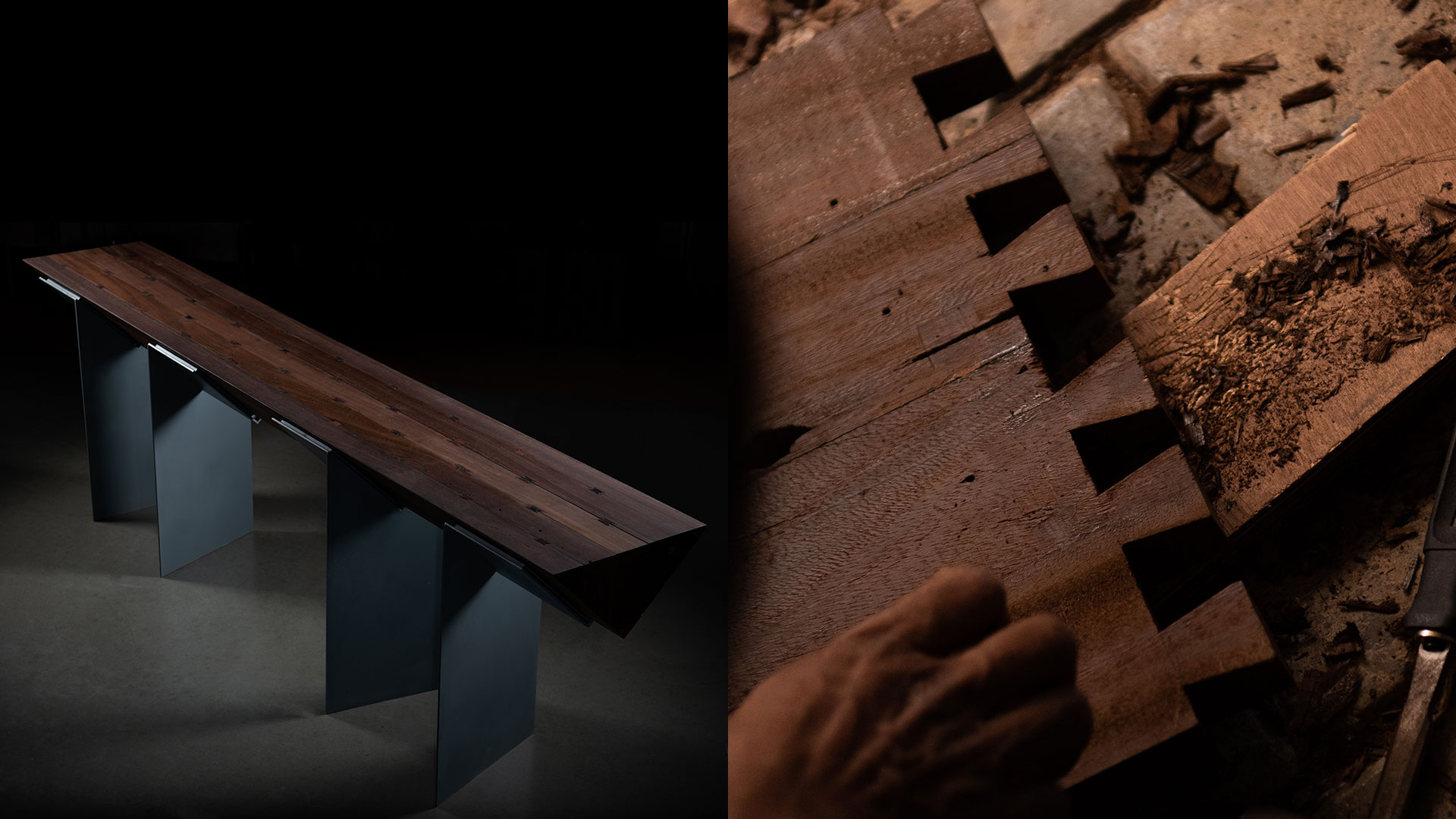
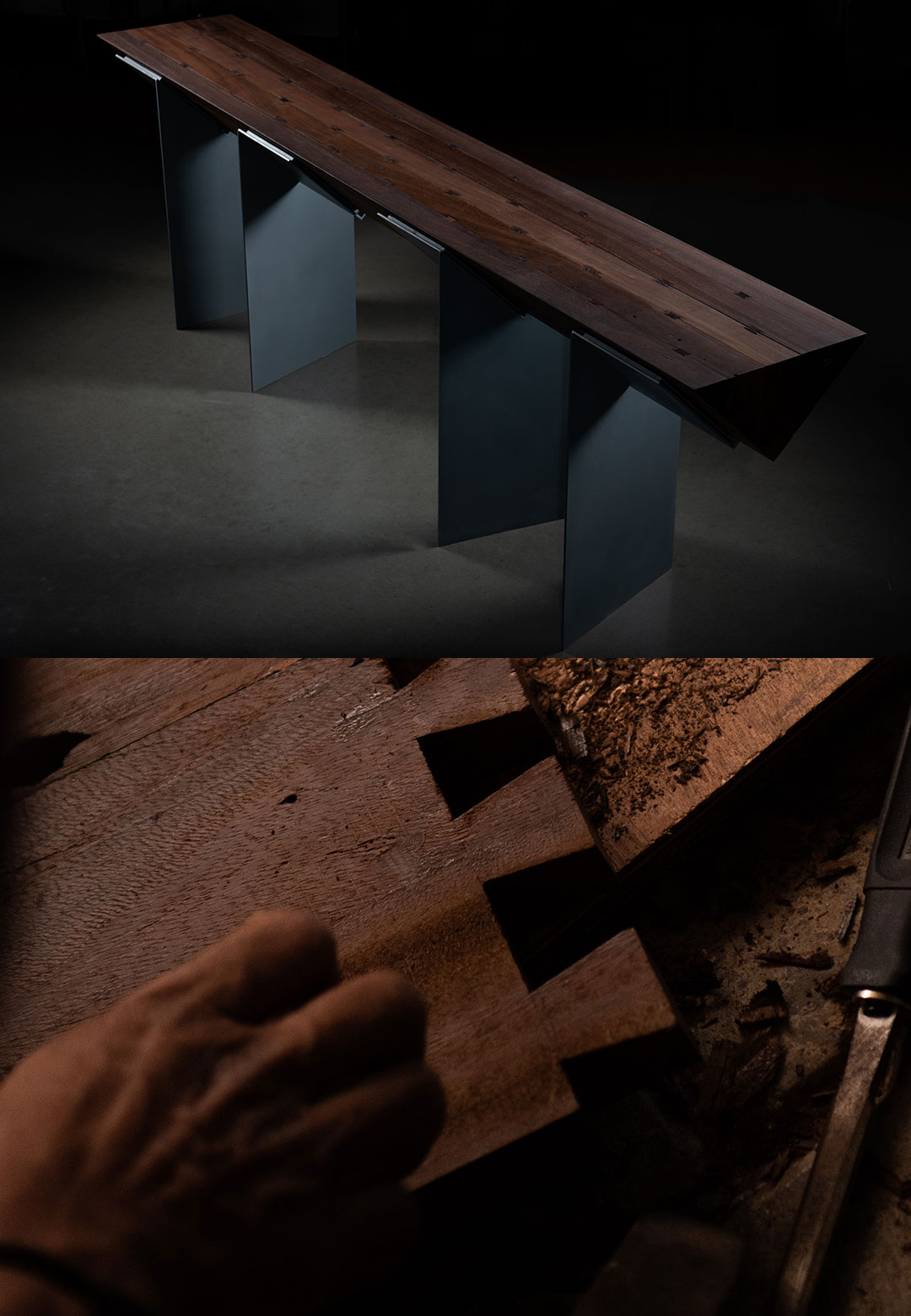
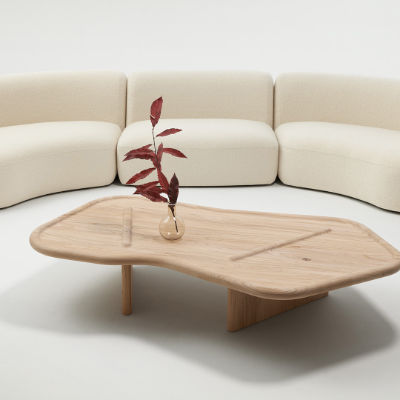
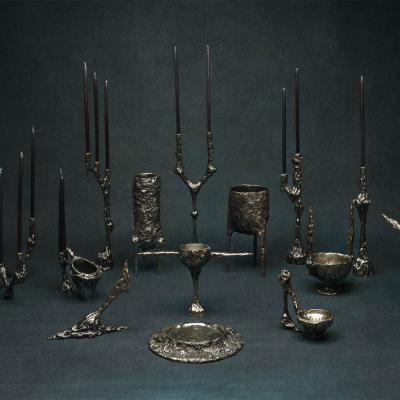
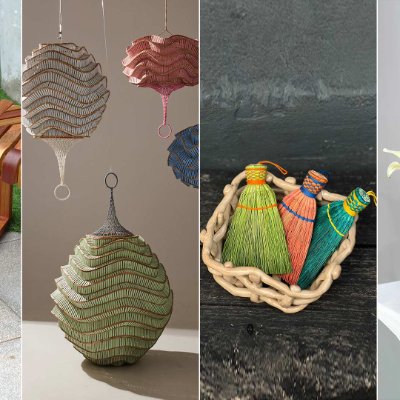

What do you think?